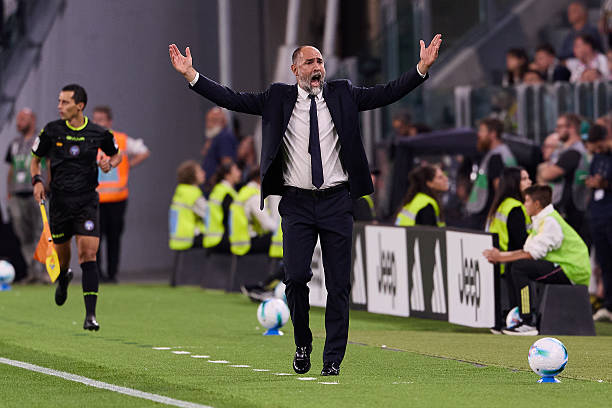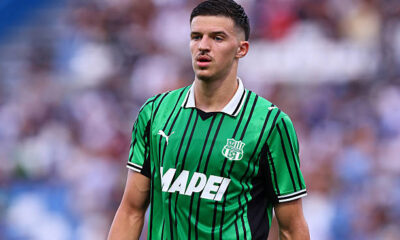
How has Juventus style of play changed between Thiago Motta and Igor Tudor
Since the departure of Massimiliano Allegri, Juventus has undergone significant changes—particularly in the managerial role. The club initially turned to Thiago Motta, hoping his progressive footballing ideas would usher in a new era in Turin.
However, Motta’s time at the club was short-lived. His spell failed to impress both fans and management, and he was replaced later in the season by Igor Tudor.
Tudor took over and immediately brought stability, guiding Juventus to a fourth-place finish and securing Champions League qualification.
His performance earned him the trust of the board, and he was retained for the current season with the aim of fully implementing his tactical vision. So far, the results have been encouraging. In the opening match of the 2025/26 Serie A season, Juventus secured a convincing 2–0 win over Parma.
It was a noticeable improvement compared to the same fixture last season under Motta, which ended in a 2–2 draw at the Allianz Stadium. The contrast in approach between the two managers is already evident.
One of the key differences is Tudor’s emphasis on player confidence and decision-making on the ball. His system encourages players to take initiative—dribbling when necessary and using teammates as support rather than relying solely on short passing sequences. The data supports this tactical shift.
Against Parma this season, Juventus completed 456 accurate passes, with 170 of those progressing into the final third. In contrast, Motta’s Juventus recorded 538 accurate passes in the same fixture last season, but only 146 of them reached the final third.
While Motta’s side made 82 more accurate passes overall, they made 24 fewer progressive passes into dangerous areas. This suggests a more conservative and possession-heavy style under Motta, compared to Tudor’s more purposeful approach.
Despite both matches having similar expected goals (xG) for Juventus, the difference lies in how much control they had over the opponent. Under Tudor, Parma managed an xG of just 0.6. By comparison, they registered an xG of 1.17 in the 2–2 draw under Motta and even exceeded that xG by scoring twice.
Defensively, Tudor has also brought a more pragmatic mindset. Whereas Motta encouraged building out from the back at all times, Tudor doesn’t hesitate to instruct his players to clear their lines when under pressure.
The numbers back this up—Juventus made 18 clearances in the latest win compared to only 11 under Motta in last season’s draw with Parma.
It’s clear that Tudor’s philosophy—focused on direct play, assertiveness, and hard work—is resonating with the players early on. The squad looks sharper, more engaged, and tactically flexible compared to last season.
However, Serie A is a 38-game campaign, and one strong performance is not enough to draw final conclusions. Tudor’s early success shows promise, but the real test will be whether he can sustain this level over the course of the season.
Any coach can deliver a strong single match; turning that into consistent results is what defines elite management. For now, though, Juventus appear to be on a more stable and exciting path under Tudor’s leadership.


















